
©Kirsten Skiles
JUVENILE PLUMAGE
The pictures here show the different colors (mutants) in their juvenile plumage. These pictures are intended as an aid to help fanciers try & determine what color they may have. These pictures are only partial representatives of that particular color & show the typically seen plumage. Many times the juvenile plumage is different than what is seen in the adult plumage. As in the adult plumage there is sometimes color nuances found due to hidden color genes; this facet is also true in some juvenile plumages. Bill coloration also can be of varying degrees within the same mutant. There may be several pictures posted of the same color, showing that there are differences.
This is an ongoing project, take pictures of your Ringnecks in their juvenile plumage and any info you want posted about that color you feel may be helpful for others to ID the colors better and send them into IDS for posting here (link below).
Tangerine Pearled - found in several plumage variations as seen in these pictures. There is a "modifier gene" at work with this mutation. The pearling can be from the extreme to just a few feathers on the wing shield ends & back (called minimal). All will begin to attain the amethyst head/neck color within a couple of months.

©Kirsten Skiles
The two pictures (on Aug 22,
2006) by Kristen Skiles depict the juvenile feathering of month old Violet Neck
Ringnecks.
They were hatched on July 21, 2006. Notice the darkening of the bill; in Orange
Necks the bill remains light (need more clarification on this facet).

©Kirsten Skiles
©John Pire

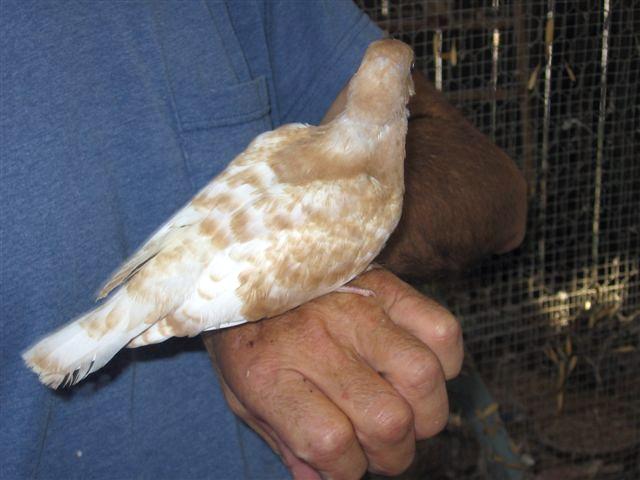
©Sue Brown
Tangerine Pearled (extreme)
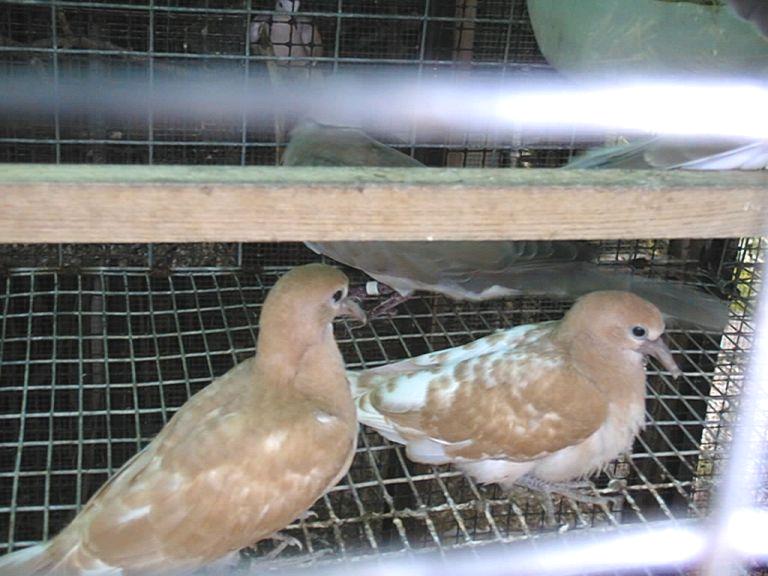
©John Pire
Tangerine (L) & Tangerine Pearled
-minimal (R) -
both just beginning to get the amethyst head/neck coloration
Orange - is the dilute of the
Tangerine color & does not attain any amethyst head/neck coloration.
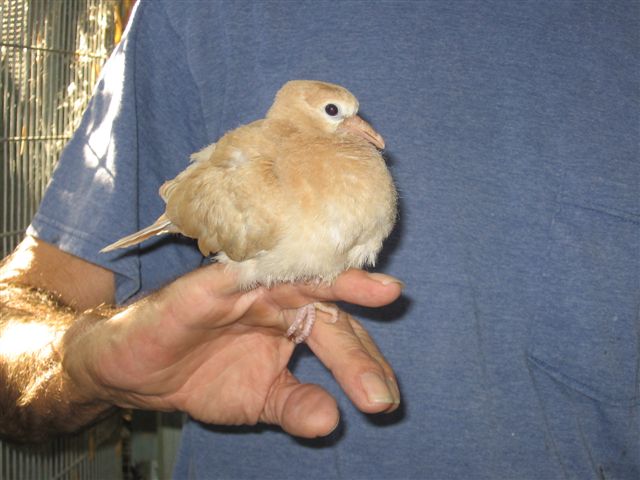
©Sue Brown
Blond Frosty - will be of varying shades
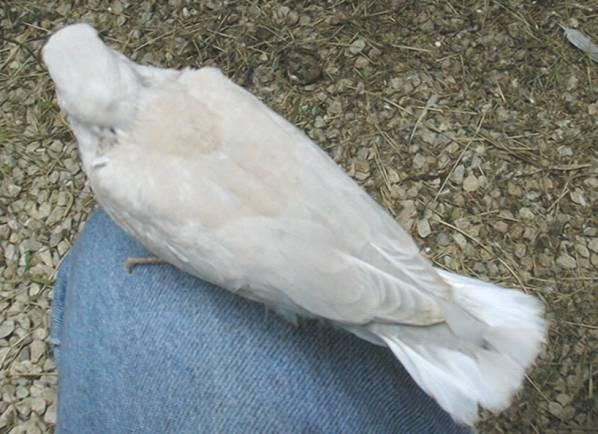
©John Pire
Frosty - much greyer; in adult may appear wild type but
retains the "grizzle in wings)
©John Fowler
Pied - can be from very few
white feathers in the head to only one blue/grey feather as in the ICE or a
solid White as the BEW (Bulleyed White). The "pied" gene can be found in any of
the known mutants/colors in the Ringneck. See Pied
OPEN WING pictures & compared to Frosty Grizzling.
BEW (Bulleyed White)
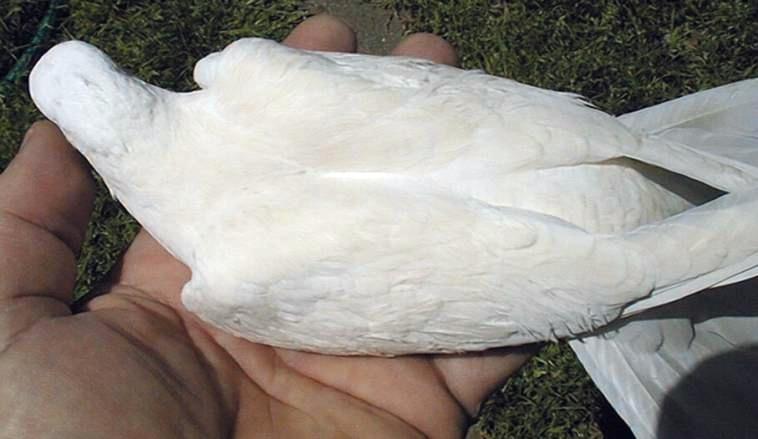
©John Pire
BEW juvenile - shows the very light cream overcast of the back area.
Another facet of this color is the juvenile will have a "bluish" iris ring - not
"black" as stated in the description of this mutant.
Wild Type Pied
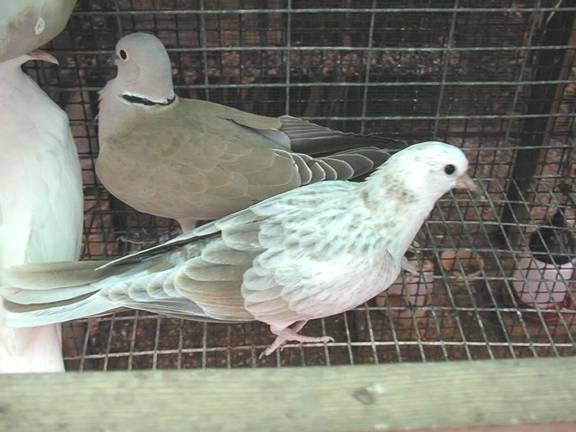
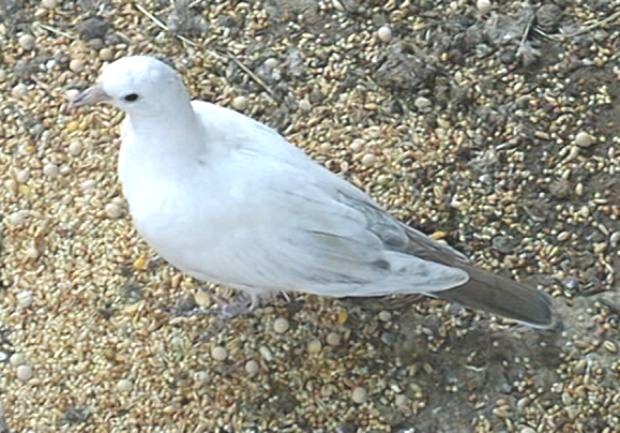
©John Pire
Wild Type Pied showing the typical "pied grizzling" of many feathers. In
adult plumage this "grizzling effect is lost & solid white or solid
colored feathers replace them
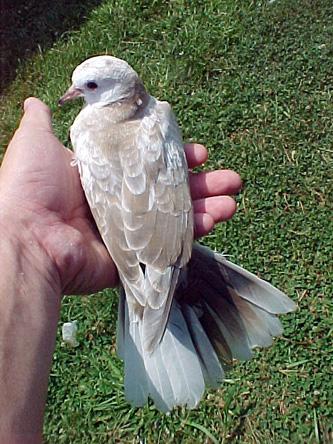
©Jeff Downing
Another variation of Wild Type Pied
Wild Type
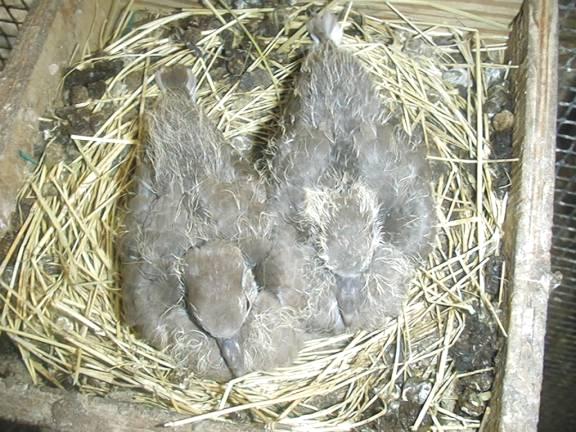
©John Pire
Rosy
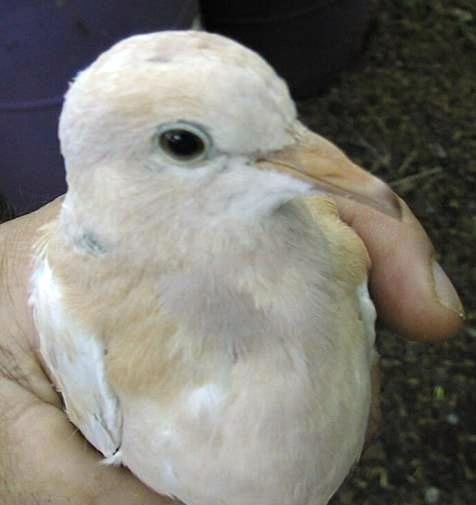
©John Pire
This picture shows the amethyst head & neck
color coming in on this juvenile. It also depicts the typically seen bill
coloration.
Blond (front) &
Gray
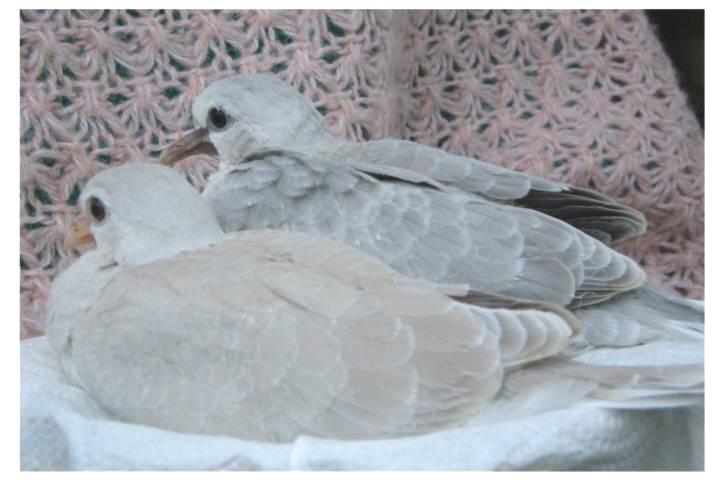
©Fanch Gourvès - France